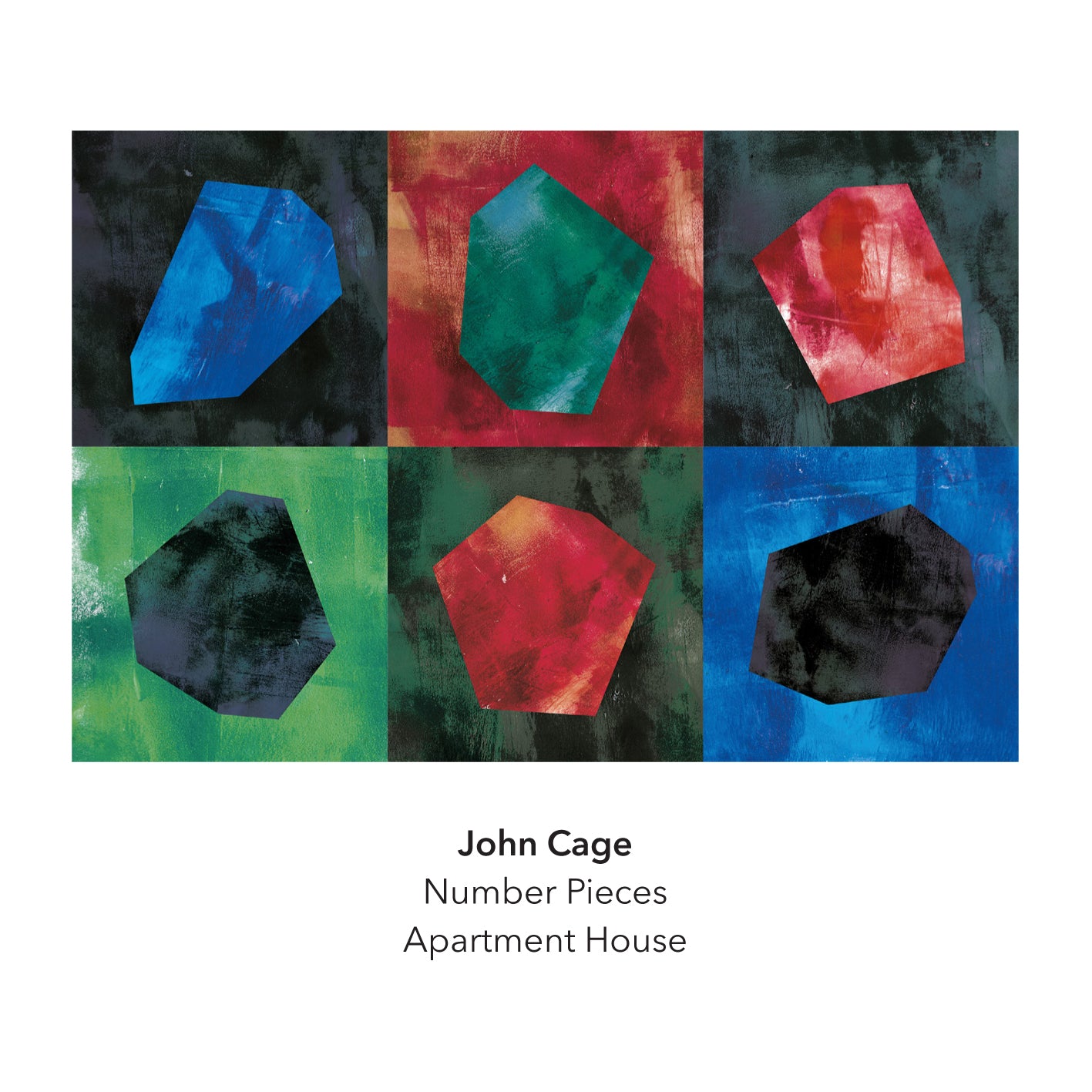at178x4
John Cage
Number Pieces
John Cage
Featuring: Apartment House John Cage
Couldn't load pickup availability
Apartment House realise all of John Cage’s number pieces for mid-size ensembles.
Disc One: Five • Five2 • Five5 • Fourteen • Five3
Disc Two: Five • Seven • Seven2
Disc Three: Five • Five4 • Thirteen • Six • Ten
Disc Four: Five • Eight • Four5
You can read the booklet that accompanies the box set, with notes about all the pieces here
There have been several excellent reviews of the Number Pieces box set.
You can read some by following the links:
Andrew Clements in The Guardian here
Michael Rosenstein in Point of Departure here
Marc Medwin in Dusted here
Ben Harper in Boring Like a Drill here
Julian Cowley review of Cage Number Pieces in The Wire:
"During the 1980s, John Cage wrote more than 40 pieces that took numbers for their titles. Those titles indicate how many performers are required to realise each composition. In most cases Cage specified instrumentation. His notation simply provides brackets of time within which randomly determined pitches are to be played. Individual musicians, each equipped with a stopwatch, are left to choose their moment, its duration and dynamics. Performed with much care and sensitivity by members of Apartment House, this selection of 13 pieces confirms that during his final years Cage’s music took a decidedly contemplative turn.
That was already evident in Ryoanji (1983), inspired by an oasis of tranquillity: the rocks and raked sand of a Zen temple garden in Kyoto. Cage’s enthusiastic engagement with numbers, a few years later, might suggest a more radical move away from the bustle of the world, towards abstraction. But in 1991, reflecting on the presence of numbers in the paintings of his friend Jasper Johns, Cage remarked that, like the beer cans and flags to which Johns often returned in his work, those numerals are “very close to the thingness of the everyday world. They are not, as it were, ideas of his, but ideas of us all.” He added that, as depicted, those figures are at once “together and separate.”
In these performances, numbers are physically embodied by musicians. Seven2, for example, involves two percussionists, cellist, double bassist and a trio playing low-register wind instruments. The terms of the score require them to work together and separately, resulting in strange forms of harmony that arise from incidental accord. The musicians participating here, in various combinations, are outstanding not only on account of their technical refinement, but also their capacity to tune in to the inner life of Cage’s scores and to pick up the vibrations of possibility they transmit.
Apartment House respect compositional intentions, while also bringing their own insights to these realisations. Their concern for momentary detail is meticulous, as they nurture the overall identity of each piece, intense in their sustained concentration , yet poised for the most delicate shading. Occasionally, Cage has been classed as a philosopher, whose ideas are more interesting than his music. New listeners, prepared to sidestep that prejudice, will find much that is beautiful here, while Cage devotees will welcome an exciting and important release of music too seldom heard."
Julian Cowley, The Wire, September 2021

